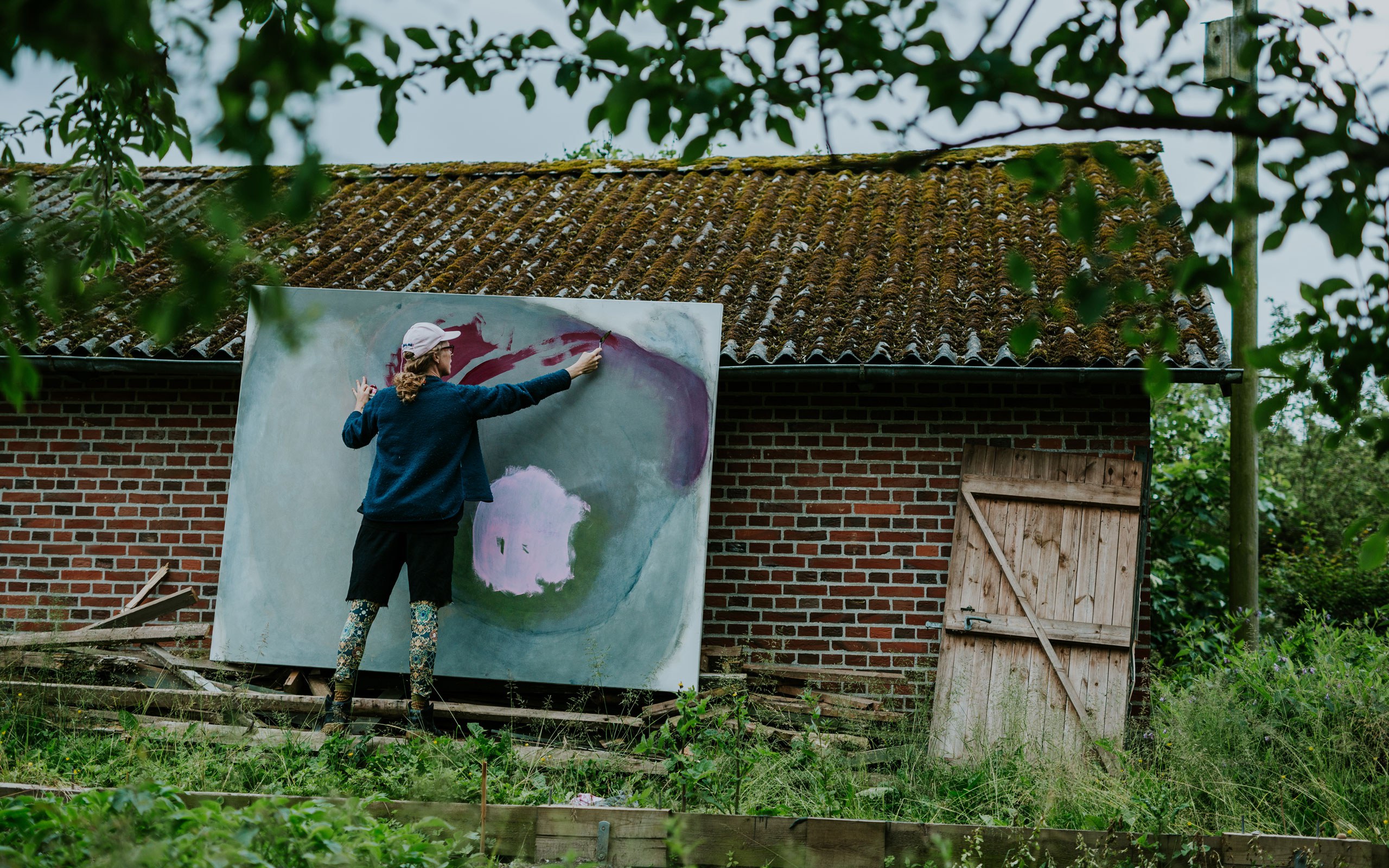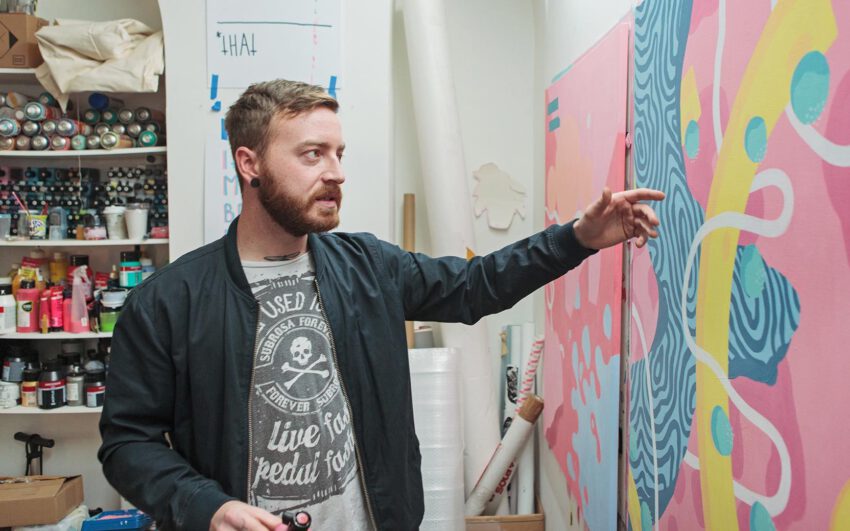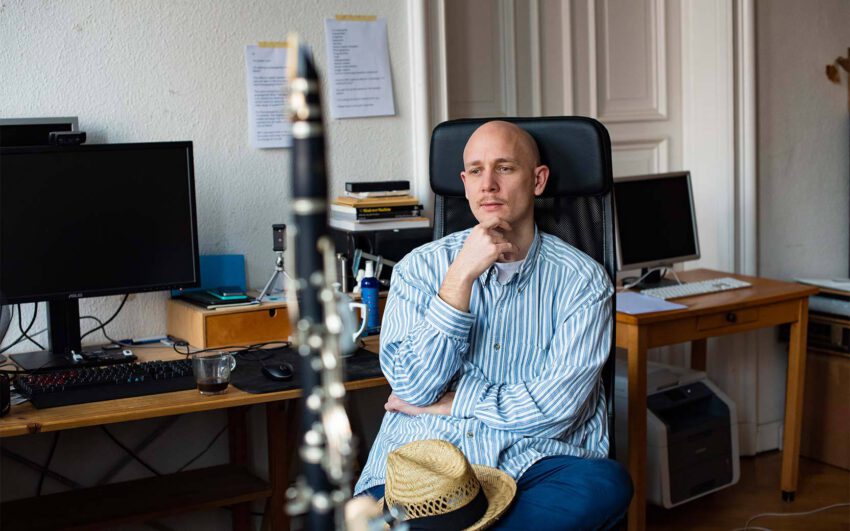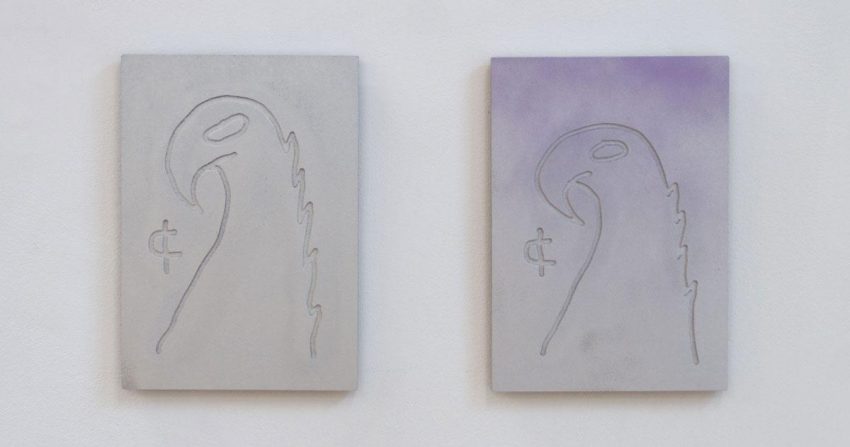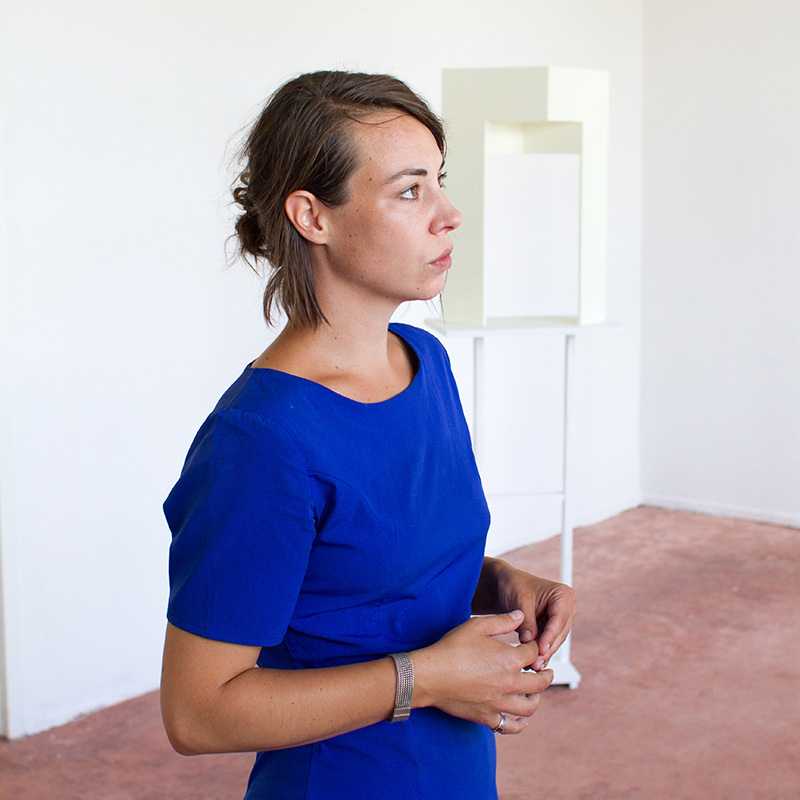The scene for contemporary art in Europe’s North is expanding and developing new dynamics as international collectors are watching the scene. With Nordic Notes we regularly cast the eye on the Nordic art and cultural scene, portraying its important actors.
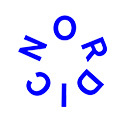
In her work, Lone Haugaard Madsen moves between sculpture, painting, object art, photography, sound, text and performance – without giving preference to any of these media. In her installations, she places her works in a specific context that describes her engagement with the concept of art: Dealing with an everyday object and using it in a certain structure can transform a piece of wood, clay, or metal into art. Haugaard Madsen studied in Vienna, where she also lived for over 20 years; in the meantime, she has moved to her home country Denmark to the Baltic Sea island of Ærø.
Lone, how did you get into art?
I would rather ask: How did art get to me? As a child, I just produced things, I didn‘t limit myself to one specific medium – just like now really! If I needed a container, I made it myself, I worked with what I found.
What was it like during your studies: Didn‘t you have to choose a certain subject?
At art school in Denmark, this was indeed a challenge. I chose the department where I could act as freely as possible, and that happened to be Graphics. Later at the Academy in Vienna, it was more about finding teachers who would allow for expanded thinking. To work with all materials has always seemed logical to me. Heimo Zobernig was the professor with whom this was possible. I don’t have a specific way of expressing myself, but I have my methodology, and it has always remained the same.
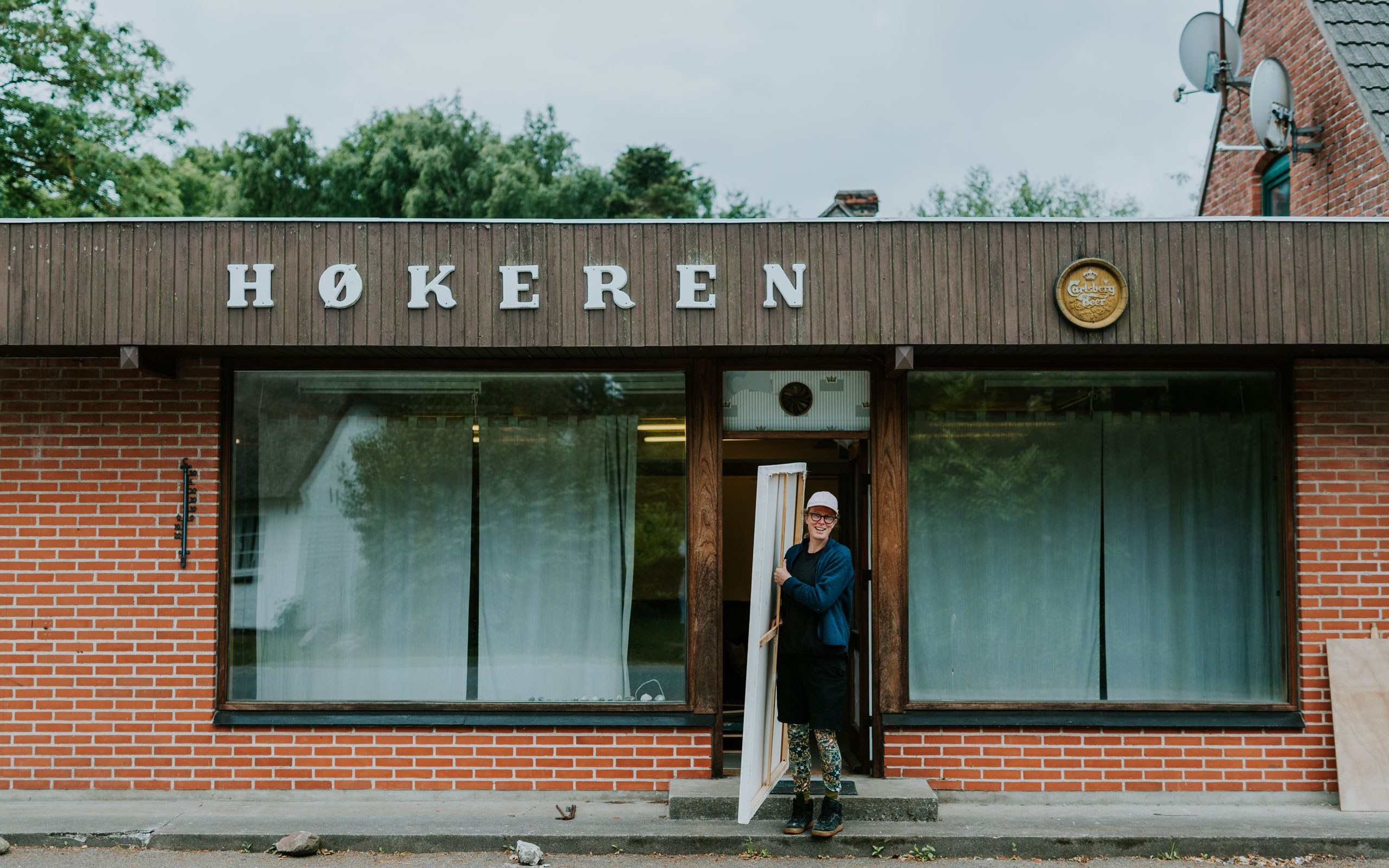
What is your methodology?
It is this formative gesture that I had not defined as art for a long time. The urge to do. My individual objects exert a certain effect in the context in which I set them up and in the relationship in which I place them in connection to each other. How the individual pieces are then placed in an exhibition: That’s how you can tell my view.
How would you define your view?
It is about a sense of wonder in the space. Observing, being awake. Acting with all these different materials, but always being ready to discard everything and perhaps only exhibit one object.
How did you get to trust your own view?
Some are born like that... I certainly am not, though (laughs)! That’s a difficult question. Maybe I can compare it to the situation and the feeling of when a work is finished. That moment when the work is not too little and not too much. I have a feeling for this that I can hardly put into words...
But in a gesture, as I can see?
Yes, I always do this motion with my hand (laughs): raising it, and the thumb touches the other fingertips as if one could smell something. There is a lot of trial and error on the way there! Today I am at a point where I have staked out and secured the space in which I work in such a way that I have found permission to act freely in it.
Permission from whom? From yourself?
Probably, yes. But also from my surroundings, through the acceptance of my work by others. There is an affirmation of my work through exhibition and museum invitations, and in general through the whole system that supports my work.
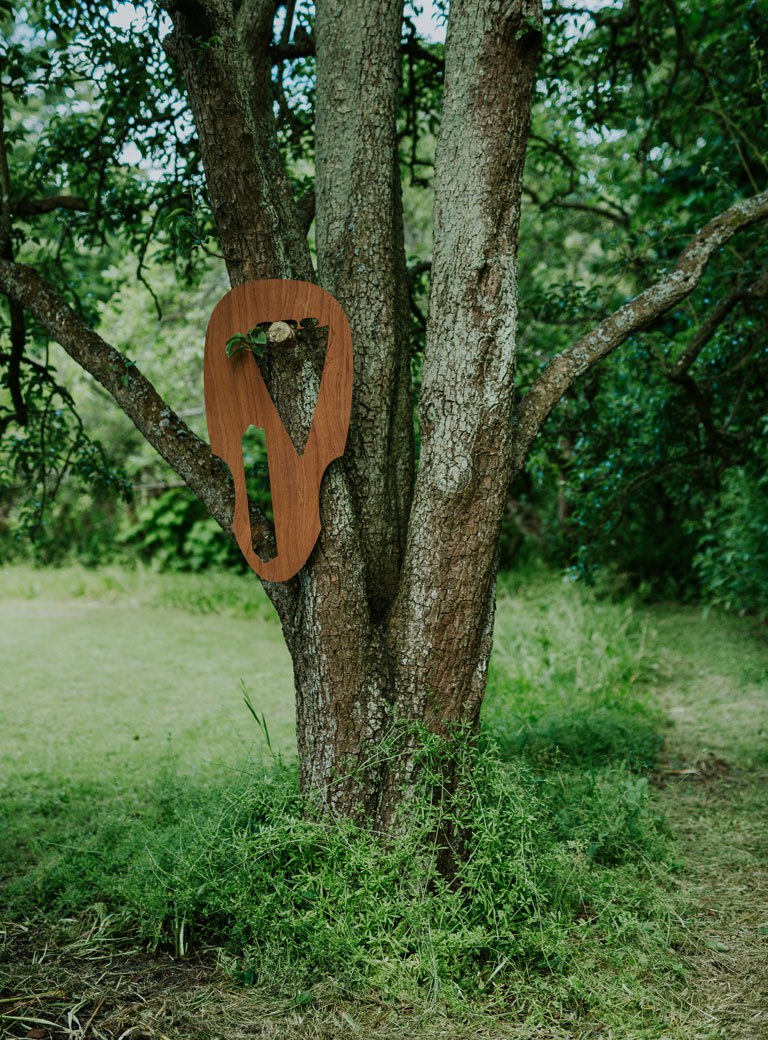
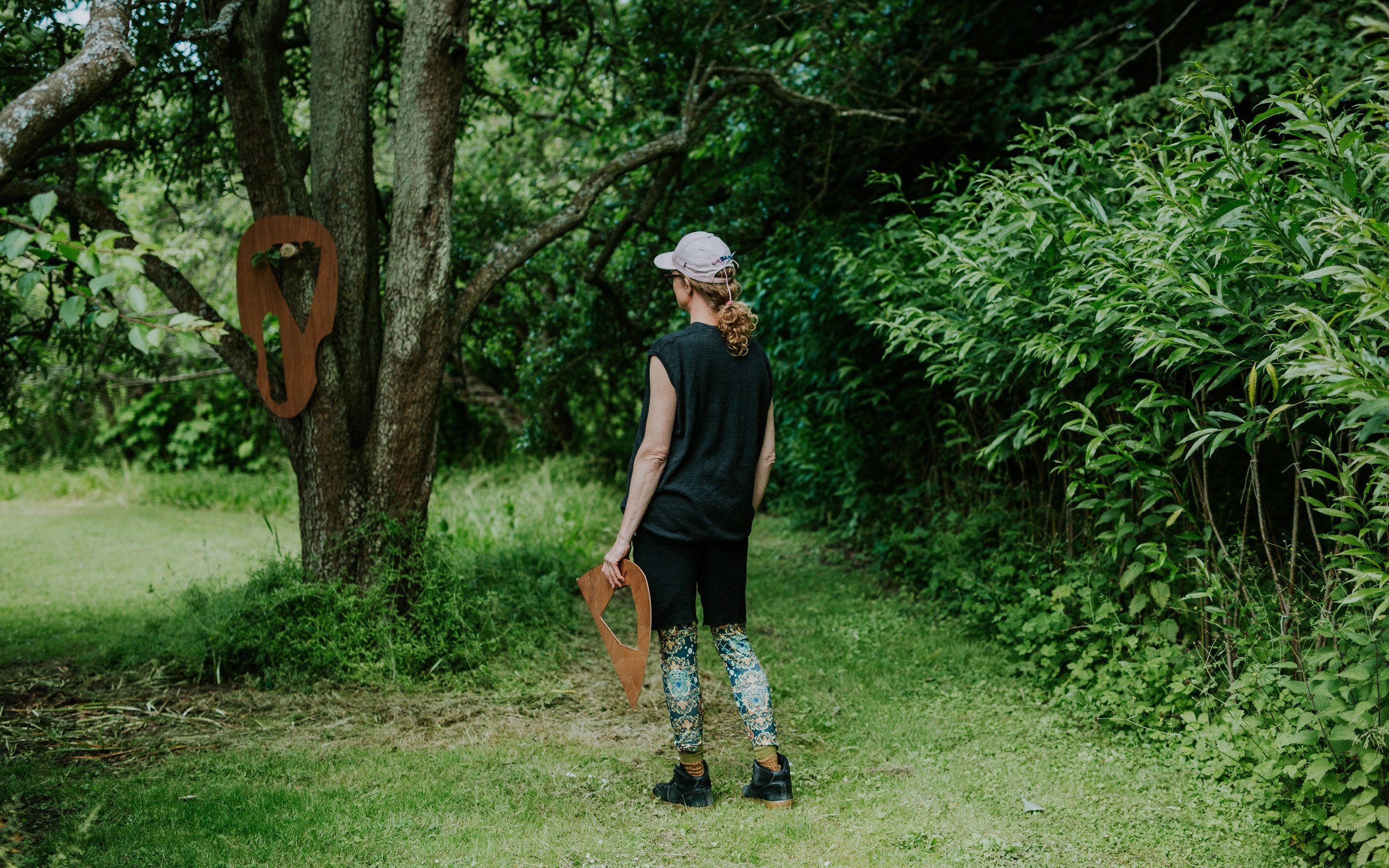
Is there a description for your art? A term for it?
A theorist would call it installation-based painting and sculpture, but I also work performatively. And when works of mine are sold and being reinstalled by collectors, they take on a different form, become something else altogether. So I call things – well, just my work (laughs)! There is no label: And I like that. This way I can act freely.
So there is no definition for you as an artist?
I can see that I am a painter, a sculptress... Especially because I studied sculpture: at least that’s what the writing above the door spelt out (laughs). Sculpture is important in that it is also about space. And space is still the surtitle for my groupings or assemblies of objects and pictures. The spatial is very present.
As mentioned, your titles always contain the word “room” and a number, for example room #345... Can you explain that?
Well, I count from the first work in my student days. These works are important because they also have references to each other within my series of works or rooms. It’s not that I’m rejecting something I did 15 years ago. And so I just continued with the numbering.
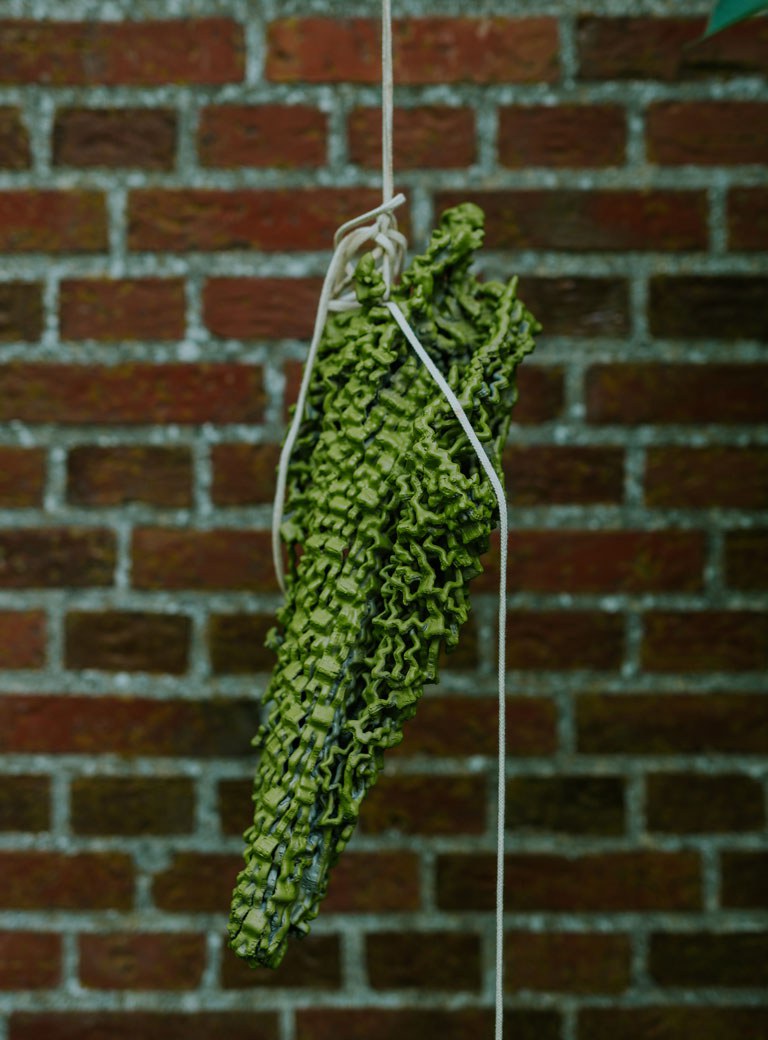
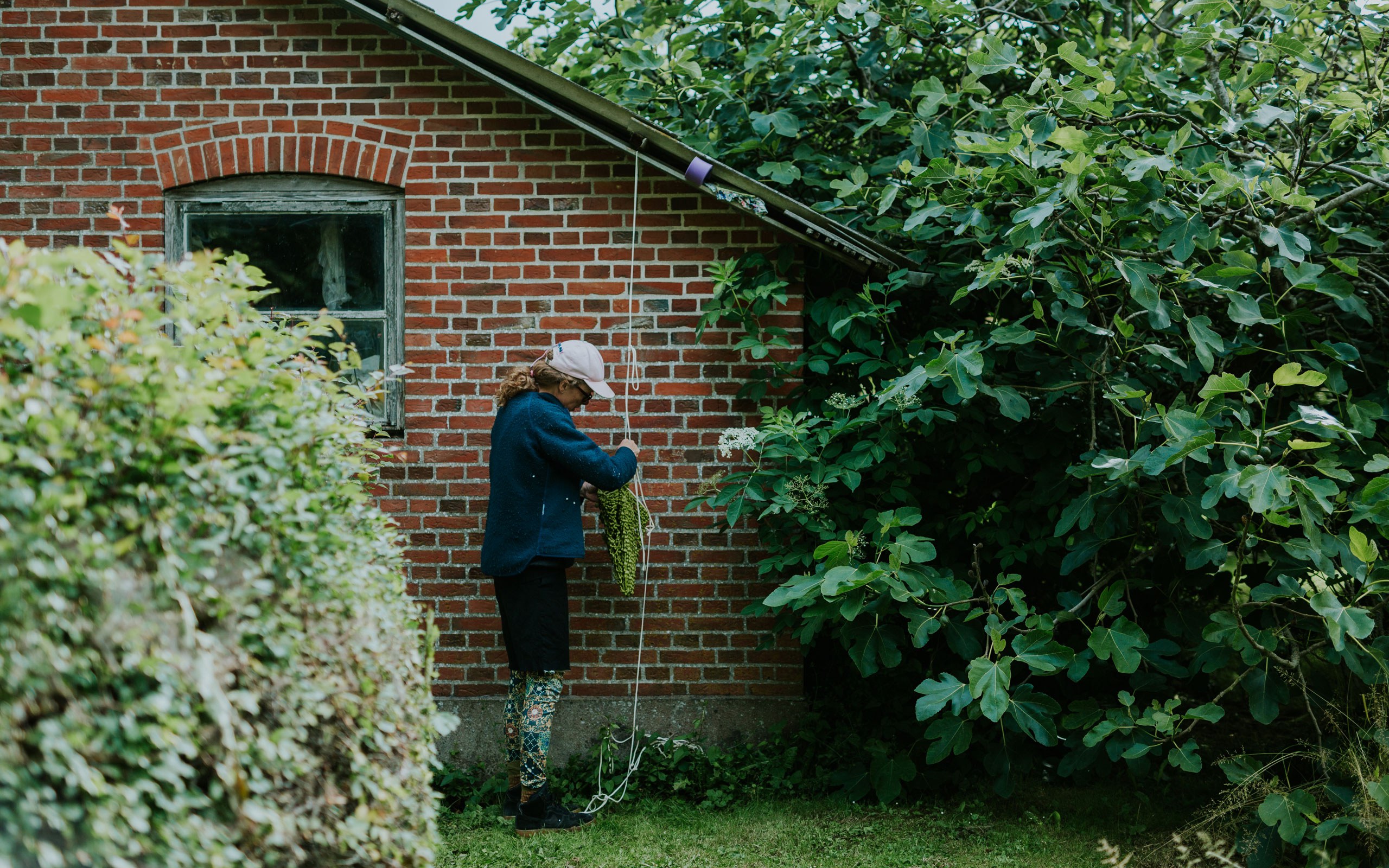
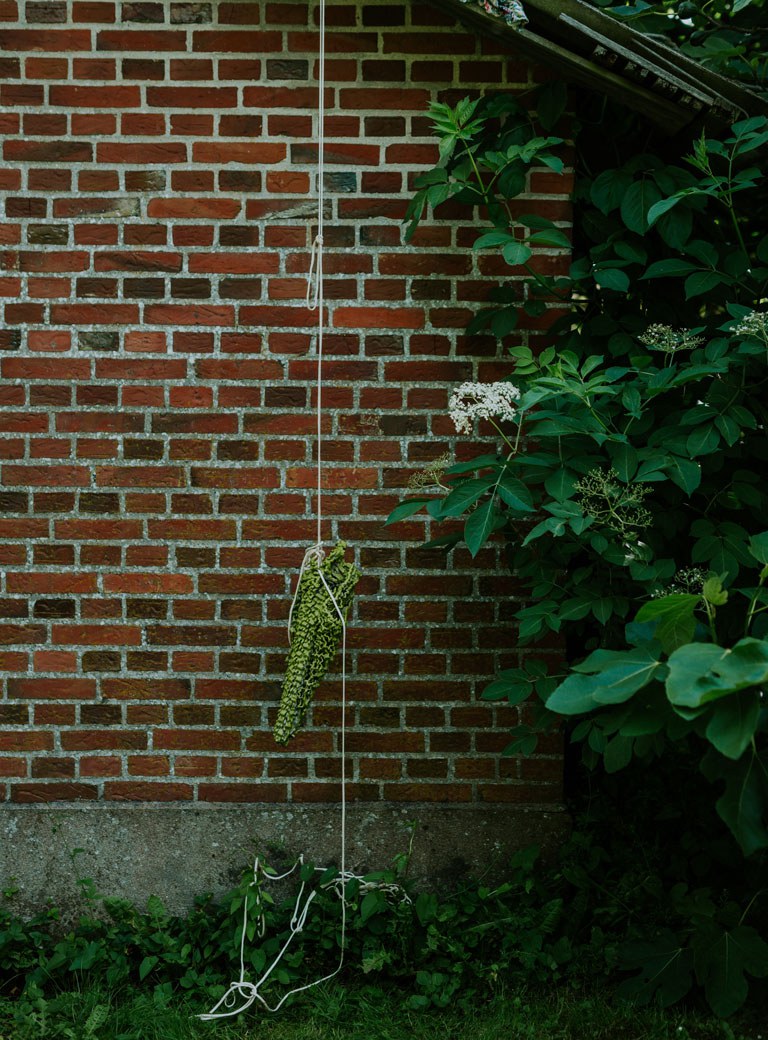
Your works are usually exhibited as closed groups of works in galleries. But can a certain work also be separated?
When I set up solo exhibitions, I make sure that the works have a connection to each other from every angle in the room, that everything is coherent. But if collectors or museums say: “I’d like to have this small part”, and I have a feeling that the part can also stand alone – and most of them can – then that’s fine with me.
So the objects don’t have to stay together or be exhibited in a certain way?
No, not at all. Sometimes it happens that an entire group of works is being bought. When it is shown again, the question naturally arises: how? Some buyers have documented the earlier set-up. But I prefer it when new rooms have a new way to show my work, when it is allowed to live anew. This may require me to be present. It has already happened that I was allowed to mix groups of works or add something to them. This was a great opportunity for me to go back and forth in my own practice.
In this way you create a whole new work, because something new arises through the correspondences of the objects with each other?
Exactly! So it’s almost impossible to record my work in conventional archiving programs. One of my large, slender iron constructions was once supposed to be in a museum, they wanted to drill holes in the ground for anchoring. But I just took sandbags and put them around the sculpture: that’s how I add objects and the work comes to life anew.
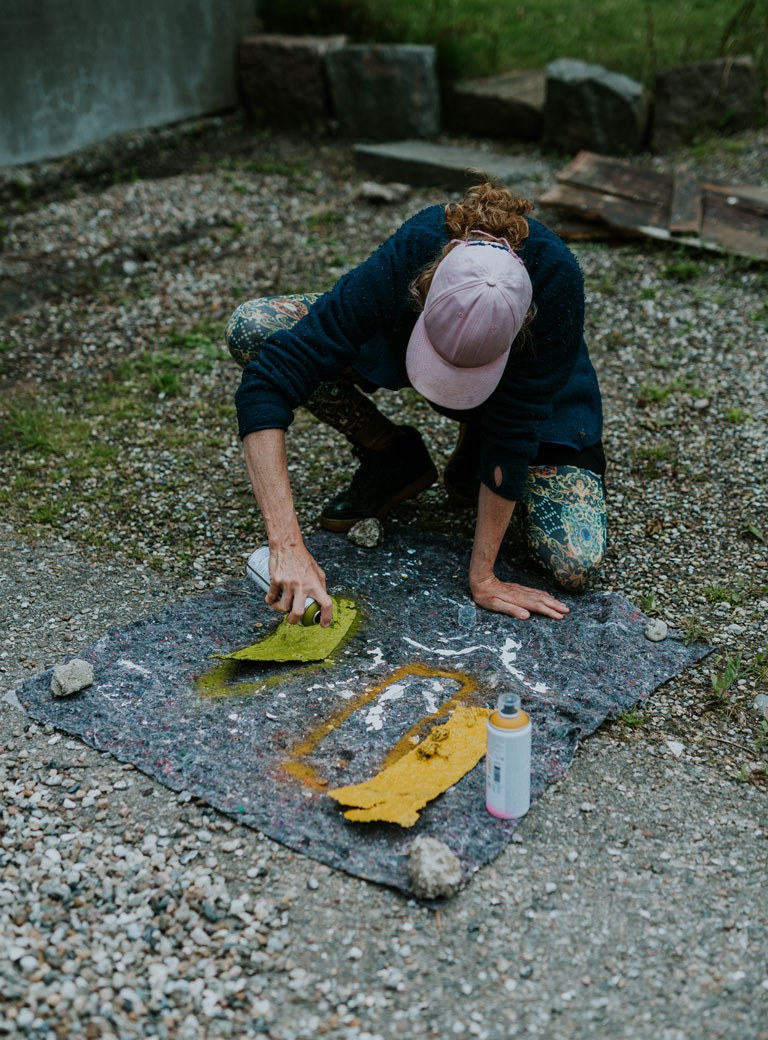
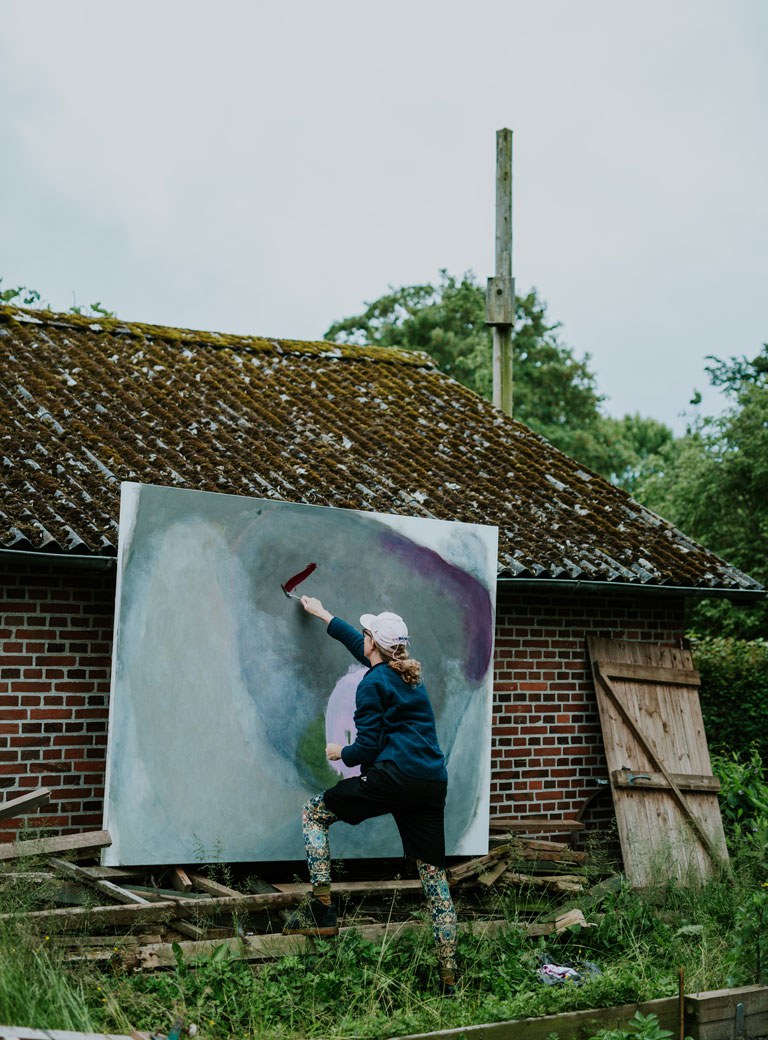
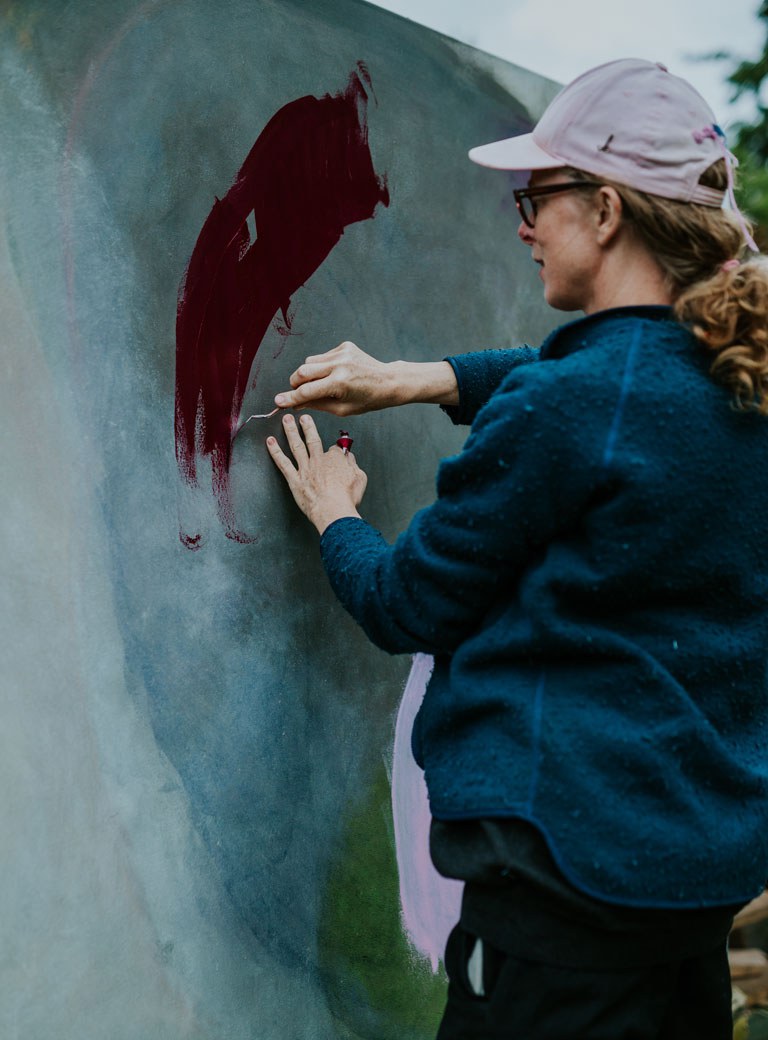
Where do you find the materials for your works?
When I was studying in Denmark, my material was the academy: I photographed the walls of my workspace and worked with that. Later, I discovered materials for myself that others had left behind: remnants of museum or other workshops, of past exhibitions – there are so many resources! Sometimes I used these workshops as a kind of studio. There was always great material there to make something.
This was when you lived in Vienna?
Yes, while there I contacted the stage design production of the Wiener Bühnen, and they had material without end. I was given permission to come back again and again and take leftovers with me – I still have a lot of that!
How does it work now that you live in the countryside in Denmark?
It’s different here: I don’t have any studio neighbors. Nature influences me, whether I want to or not. It’s quite difficult for me to accept this romantic idea of the artist in the countryside (laughs).
You could almost imagine it like living in the 19th century…
Yes (laughs). But I stick to my methodology. There’s a wonderful blacksmith around the corner; I can get material from his leftovers. The aesthetics of my stuff may change, but my thinking remains the same.
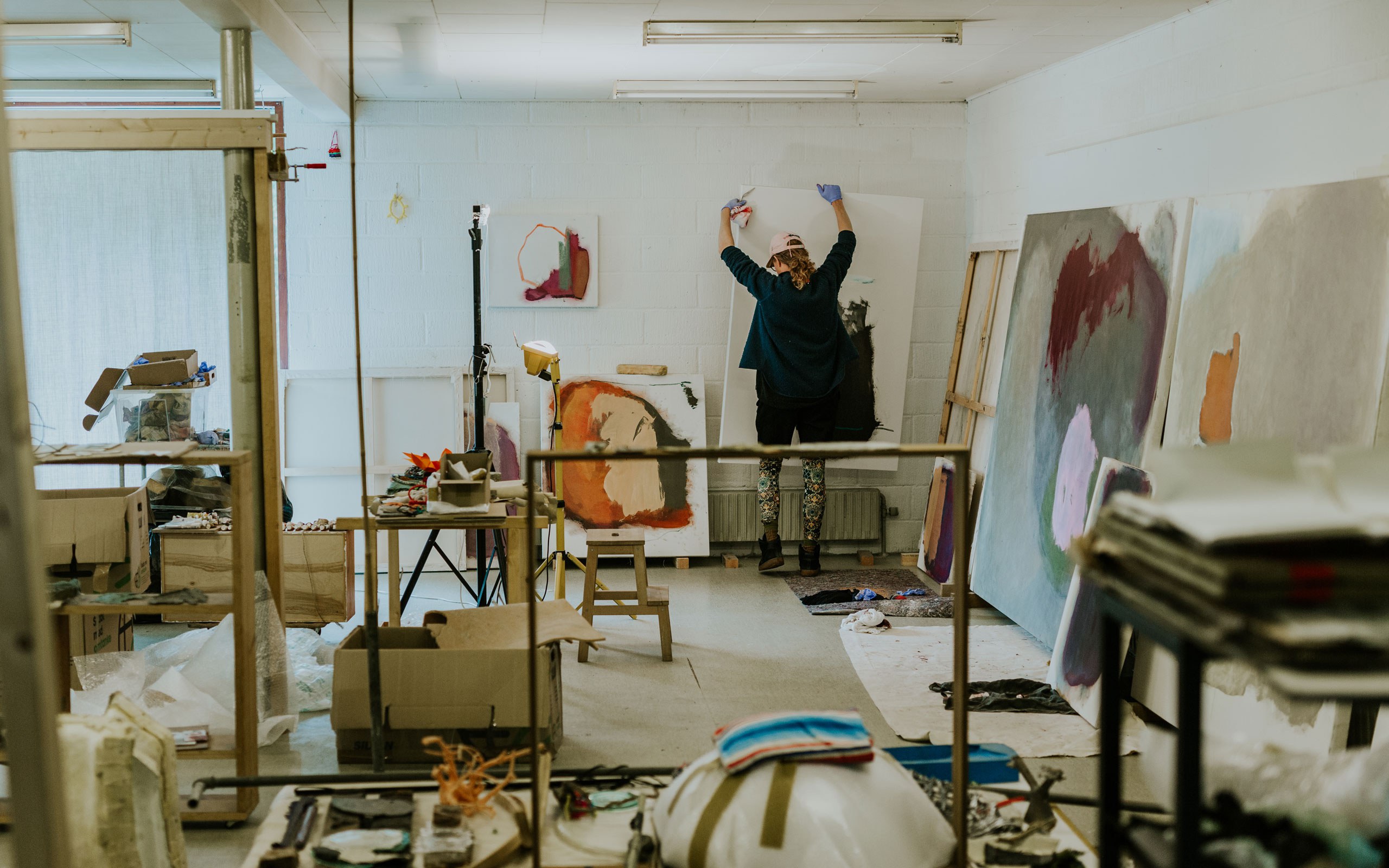
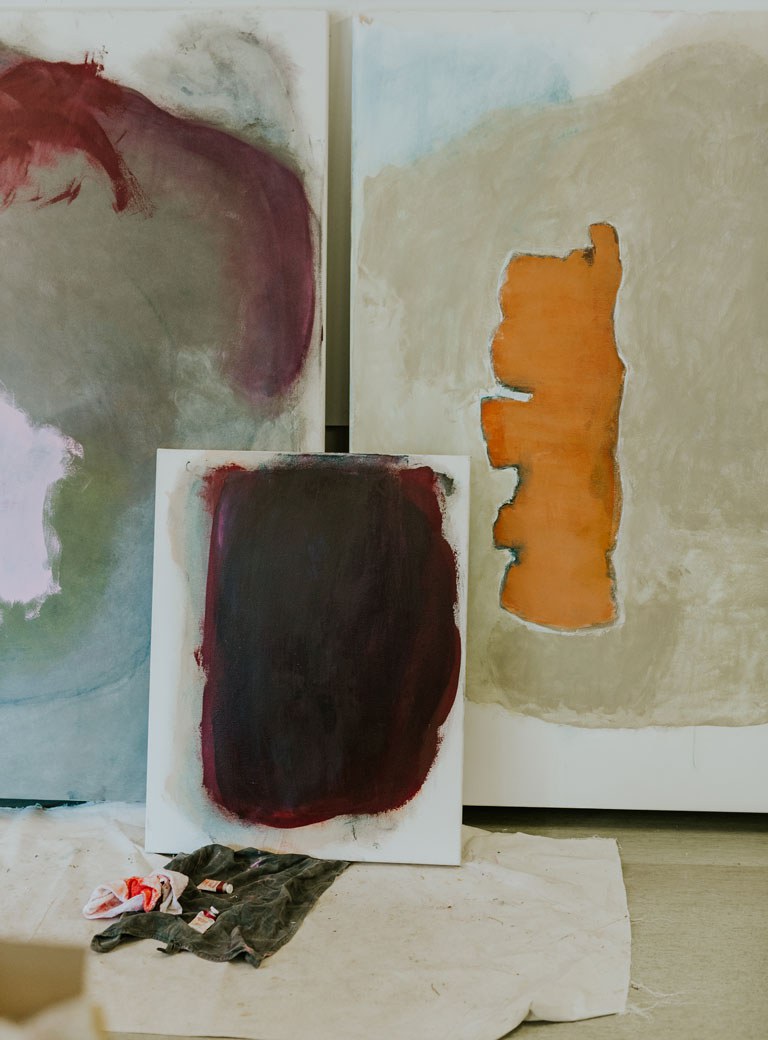
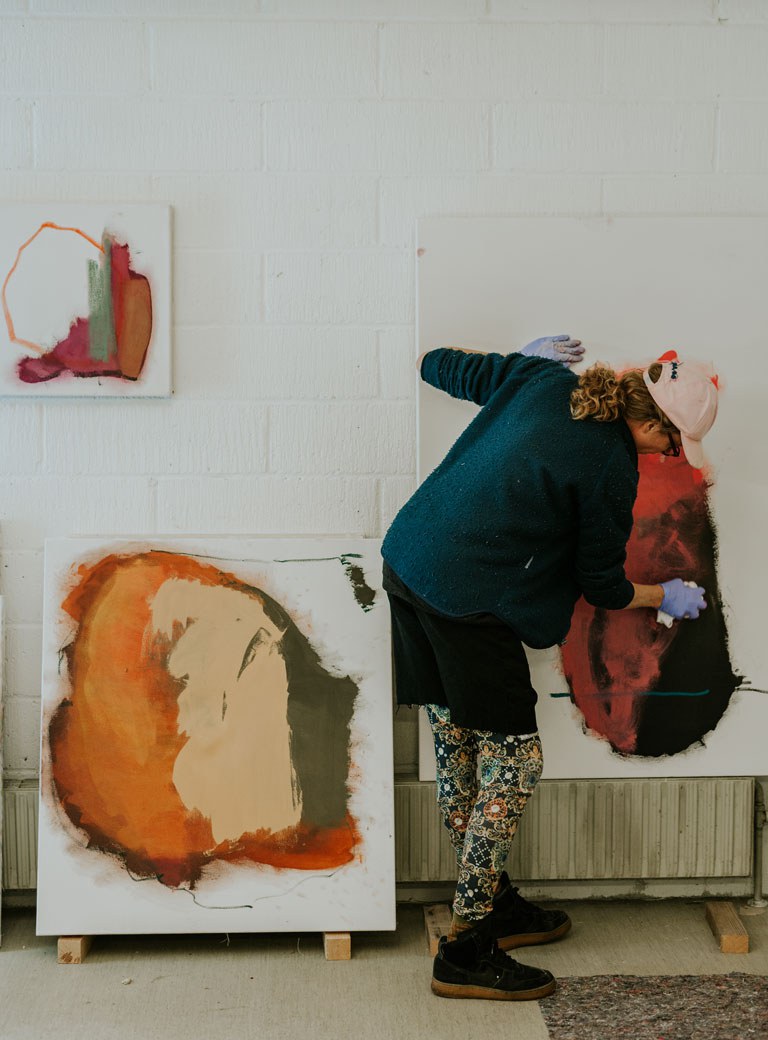
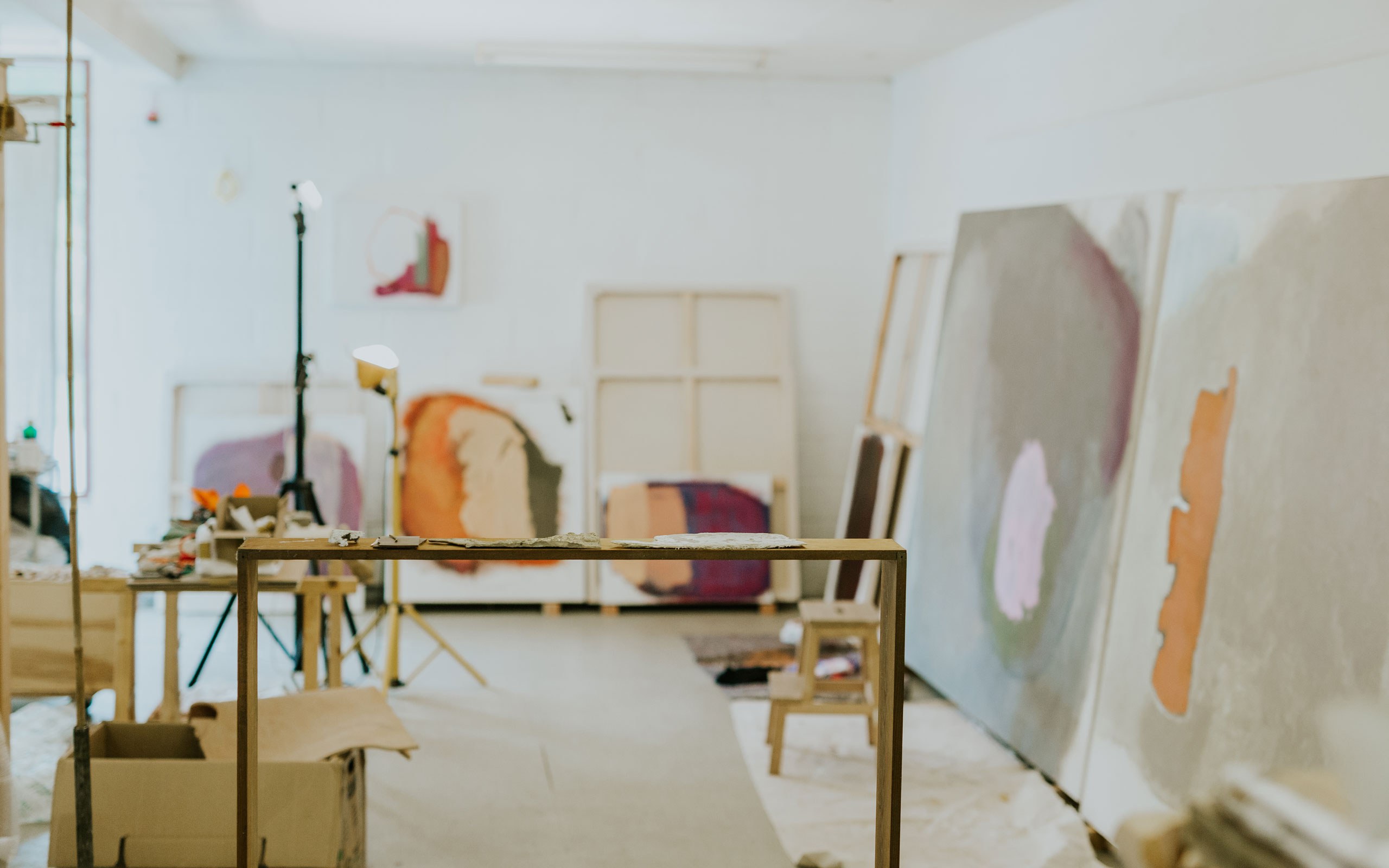
Is there a hierarchy among the materials? What is closer to you – stone, wood, canvas, paint?
Everything is equal: all these pieces of marble, bronze, wood, cardboard, paper, strings and sticks that I have lying around. I like to work with people who practice a craft, cast bronze or blow glass. I respect their processes very much, but I always allow myself to stop them, sooner than the craftsmen themselves would do. The gesture thus takes on a high value, as does the material.
Does it ever happen that other people bring you materials for your work? Is there a typical “Lone material”?
People who know me and my work may well bring me something. And I am often asked: “What quality are you looking for in the materials you collect?” But it’s easier for me to say what I am not after: it shouldn’t be a bicycle for example, something that already has an identity. But I like broken boat parts or washed-up plastic, anonymous things that have already been shaped. In any case, there is no typical material for me: I can use everything from lumps of clay to metal, to the remains of sawn-out objects.
When it comes to conceptual art, many people wonder how a certain, often everyday object becomes art. For example, what makes a piece of wood that you exhibit art?
My engagement with it – and the viewer's perception of it. For me, it depends on how you engage with the piece, how you handle the encounter with it. For me, an object is not art because it is exhibited in an art space or because the art world defines it as art. Whether I place a few oiled pieces of oak on my windowsill or whether I display them in a gallery – what’s the difference? The question is not important to me. I would rather think about whether they are good works, about their quality and their message.
How much part of your work is actually thinking about your work?
I can’t express it in percentages (laughs). But the further I physically get away from the art market, the more important it becomes for me to define my work. It’s a difficult question (long pause). I may not be able to answer it now, but I could put it into a work. The definition of what art is – of course, that always plays a role in my work, but I don’t have to be able to spell it out.
Are there any artists or movements that are important to you?
I found a lot of things interesting during my studies; I gained a foothold in the works of German-speaking male sculptors. But it’s politically incorrect to say that today (laughs)... In Vienna, when I was studying, it was of course Heimo Zobernig or Franz West – the artists I was surrounded by. Where it crackles for me – I have to make yet another finger movement (laughs).
Of course, inspiration can come from many sources…
You have to understand the word inspiration first! The encounter with language, or the idea of what a book I haven’t read yet will do to me, is also inspiring. Or the discrepancy between what I imagine I having to do in the studio compared to what I want to do. The free works are created in between, without forcing it. A lot is created in the mental waiting rooms. Making art has to do with a certain freedom to produce new things in the world. To take something and make something new out of it.
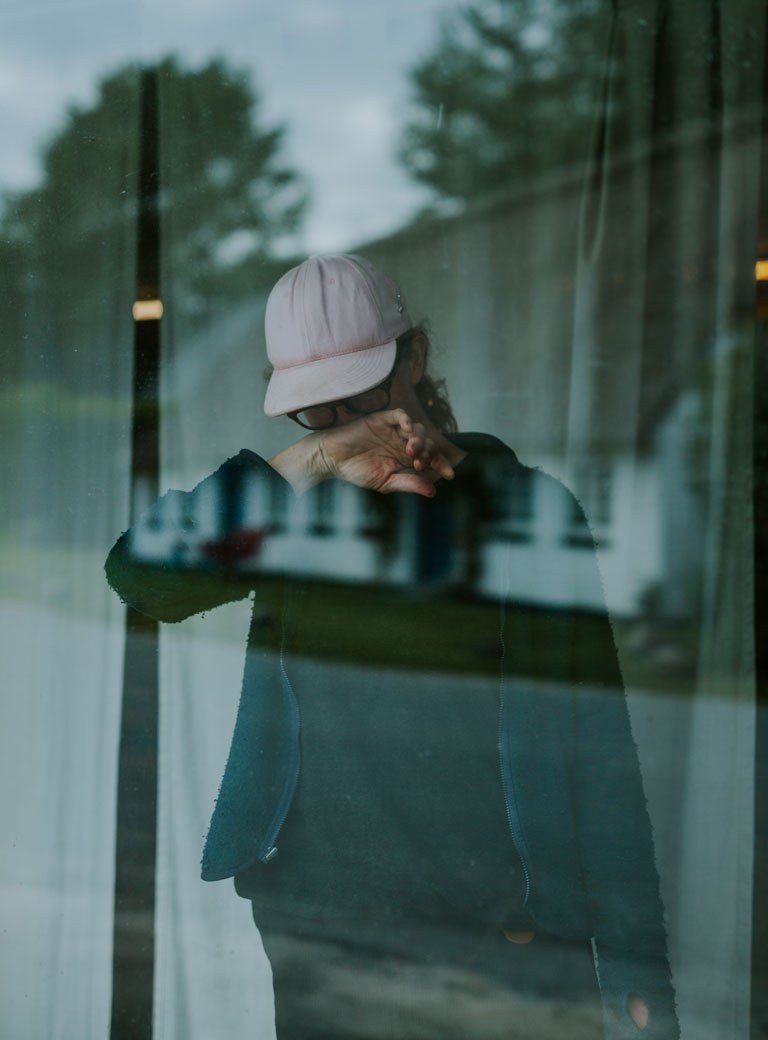
How did you experience Vienna as a place to work?
I can put that in comparison to Denmark, where I now live again. Denmark is surrounded by water; and there are always people from outside, but you don’t automatically get to experience something new, so you have to become active yourself. Vienna, however, is centrally located, and so an exchange happens automatically. Especially during my student days, there was unrest in neighboring countries, and young artists came to Vienna. And that got mixed up with old tradition, with theater, music and art. It was a great foundation for me. By the way, Vienna has given me a great love for opera!
You have lived in Vienna for over 20 years. Where did your decision to move to the countryside come from?
I had already had the desire to leave Vienna for some time, still loving it though. It took me a long time to understand where I wanted to go. This has a lot to do with peace, nature, with the sea. With manageability. I would rather visit this lively restlessness of Vienna than live in it.
Is the move already evident in your work?
Yes, it is developing right now. Faster than I can understand it myself.
What are your next plans?
I’m currently working on a group exhibition at the Eisenstädter Kunstverein. I was given a text as a basis, the title of the exhibition is Not Knowing. Then I plan to publish a catalogue that I have been working on for a long time. There are also various structural projects, such as an exhibition space: in my house here, I have a small room in which I would like to show artists. And then there are some things that are not yet ready to be spoken about.

Raum #415 - KNOB 2024, Lone Haugaard Madsen, Galerie Nagel Draxler GmbH, Credits: Simon Vogel
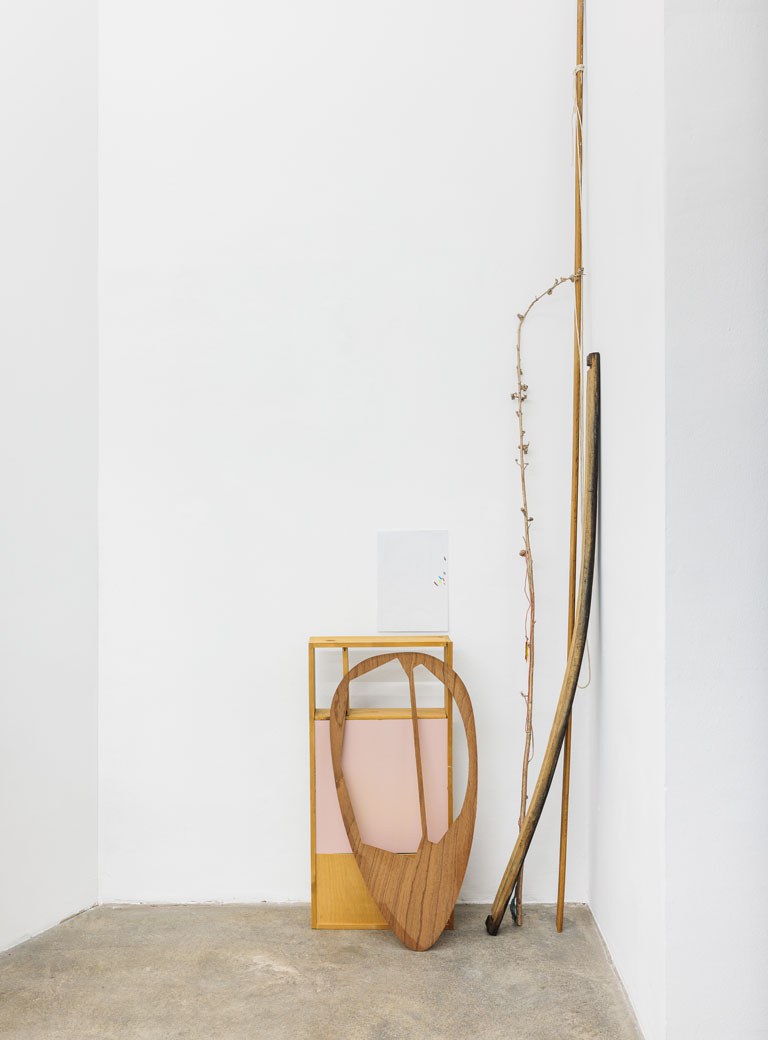
Raum#414-Perso, 2024, Lone Haugaard Madsen, Galerie Sophie, images by kunstdokumentation.com
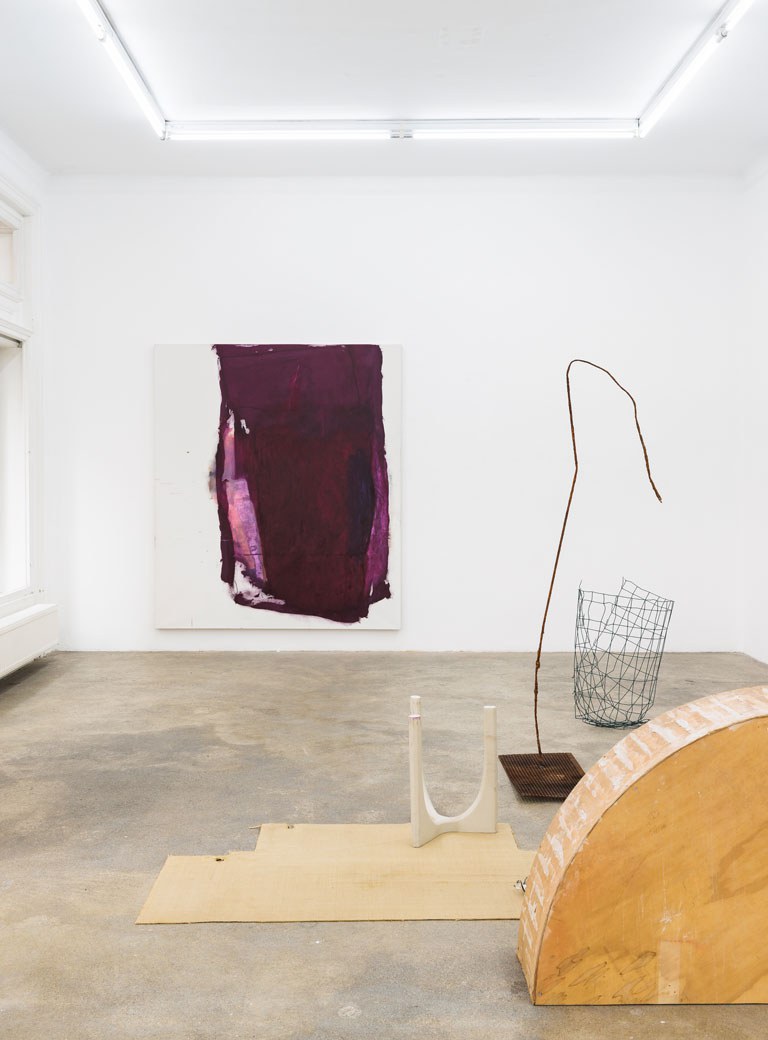
Raum#414-Perso, 2024, Lone Haugaard Madsen, Galerie Sophie, images by kunstdokumentation.com
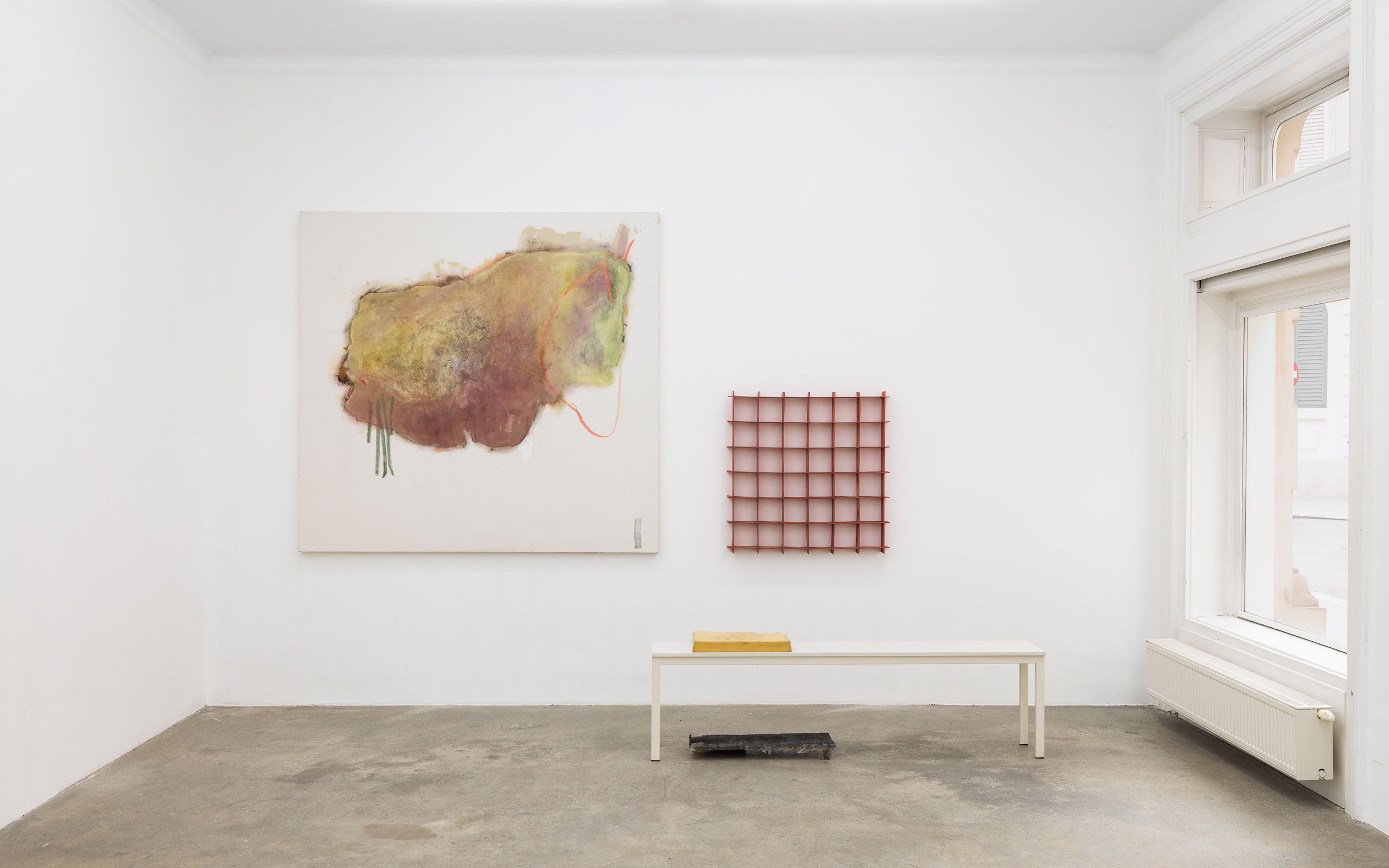
Raum#414-Perso, 2024, Lone Haugaard Madsen, Galerie Sophie, images by kunstdokumentation.com
Interview: Alexandra Markl
Photos: Camilla Jørvad


